I Was Skeptical, But I Tried the Time-Box Elimination Method on My Overflowing Festive Pantry Items – It's Surprisingly Quick and Effective
Now I'm ready for holiday hosting

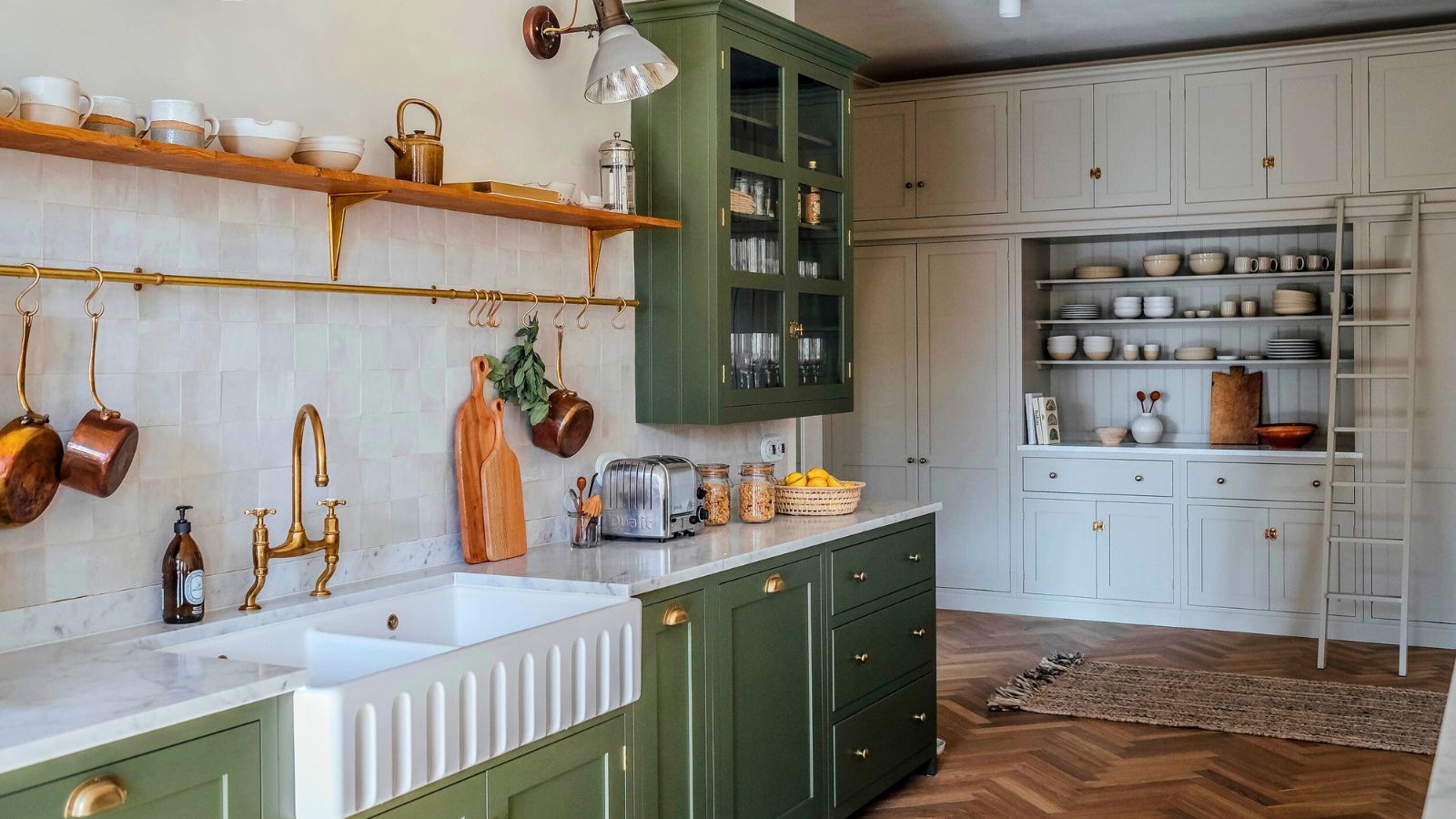
I'm passionate about Christmas baking, but not about organizing my overflowing pantry. However, with the holiday season upon us, I decided it was time to finally take the plunge and get it sorted once and for all.
While researching decluttering methods to help me on my way, I came across the Time-Box Elimination Method, and although I was skeptical it would work, I gave it a go, and it surprisingly proved to be the perfect solution to my overflowing pantry.
Here's why it worked, how to do it, and where else our organizational pros recommend using it this busy season and beyond.
What is the Time-Box Elimination Method?
'Think of the Time-Box Elimination Method as a mini power session for your space,' advises Di Ter Avest, professional organizer and founder of Diisorganized. 'You pick a specific area – like your pantry – and give yourself a set block of time, usually 20 to 30 minutes.
'The goal isn’t perfection; it’s focused action. You quickly sort, decide what stays or goes, and stop when the timer rings. You’re learning to make decisions faster, reduce mental clutter, and give yourself small wins that actually stick.'
Di's not our only pro who recommends this method to overhaul your pantry organization ideas.
Cathy Orr, co-founder of The Uncluttered Life, adds, 'I consider the time-box elimination method to be the time-blocking method. Time-blocking is another word for time allocation. I believe that time-blocking is the best way to work on a project because it reduces decision-fatigue and forces you to make quick decisions.
Design expertise in your inbox – from inspiring decorating ideas and beautiful celebrity homes to practical gardening advice and shopping round-ups.
'Time-blocking in a pantry, for example, gives you a very specific amount of time to look at what to keep and what to discard.
'Set a timer for a reasonable amount of time – 30 minutes or so – and do your best to make quick decisions about what you should keep, donate and discard.
'Agonizing over decisions is what makes this process difficult for most people. If you have a very small or specific amount of time in which to work and make decisions, your brain doesn’t dwell on something. It moves,' making undertaking a quick fall pantry reset easy.
As Di adds, this method works because it forces you to make decisions fast and prevents overthinking and decision fatigue, something that made trawling through my personal pantry far speedier than I expected.
She continues, 'When you know the clock is ticking, your brain switches from “I might need this someday” to “Do I really need this now? That urgency helps you move through clutter much faster than you would if you were letting yourself linger over every item.
'Plus, even a short, focused session creates visible results, which is super motivating and gives you momentum to keep going. This is huge because every small, intentional choice is part of a bigger habit of living in a calm, organized space that supports your well-being.'
Why Is It Particularly Effective for Pantries?

Pantries are not only highly functional areas, but often coveted and part of an aesthetic kitchen.
As Cathy highlights, 'Pantries are sacred to a lot of people.' I know mine is, particularly when it comes to trying Christmas party recipes for hosting my friends and family. But that's not to say that there aren't plenty of baking supplies to declutter before the holidays.
'There is something about having and keeping food, and believing food should never go to waste,' explains Cathy. 'I believe there is a lot of guilt tied up in letting go of food when other people are doing without,' which becomes particularly apparent during the festive period.
'So clients look at an item that they know they will never eat, but put it back on the shelf because they don’t want to give it away,' she continues. 'Eventually, the item expires.
'We have worked with people who repeatedly purchase the same item because they don’t realize they already own it. For example, the item is stuck way in the back of the pantry, and now the client owns two, which feels wasteful to them.
'Also, a lot of people purchase in bulk so they have a lot of the same item that will take a long time to use up and most likely will expire.'
Importantly, though, as Cathy points out, there are food banks that will take the food you no longer want or need, and anything inedible should be thrown away in any case.
'Go through your items quickly, discard what is expired, leaking, smells off, like spices, and keep the rest,' she advises. 'Look at what you own and then try to group by category. And make sure to look in the bags of, for example, flour.
'Make sure everything you own is within expiration and edible. And don’t feel guilty if you bought too much of something.
'Either donate overstock to your local food pantry if it’s still good, or let it be a good lesson for how to purchase going forward,' embracing zero-waste pantry restocking in the place of overconsumption and waste.
As Di adds, and as I found, a time-box session forces you to tackle what's expired, duplicate items, or things you never use, so the space actually works for you, rather than against you.
'Pantries are one of the first spaces we organize with the Organize Yourself Healthy method in mind because they directly impact daily routines – meal prep, snack time, and holiday baking can all get stressful if your pantry is a mess,' she says. 'Plus, a clear pantry saves mental energy, reduces stress, and makes cooking and planning easier – small updates that change into healthier, happier routines.'
My Verdict
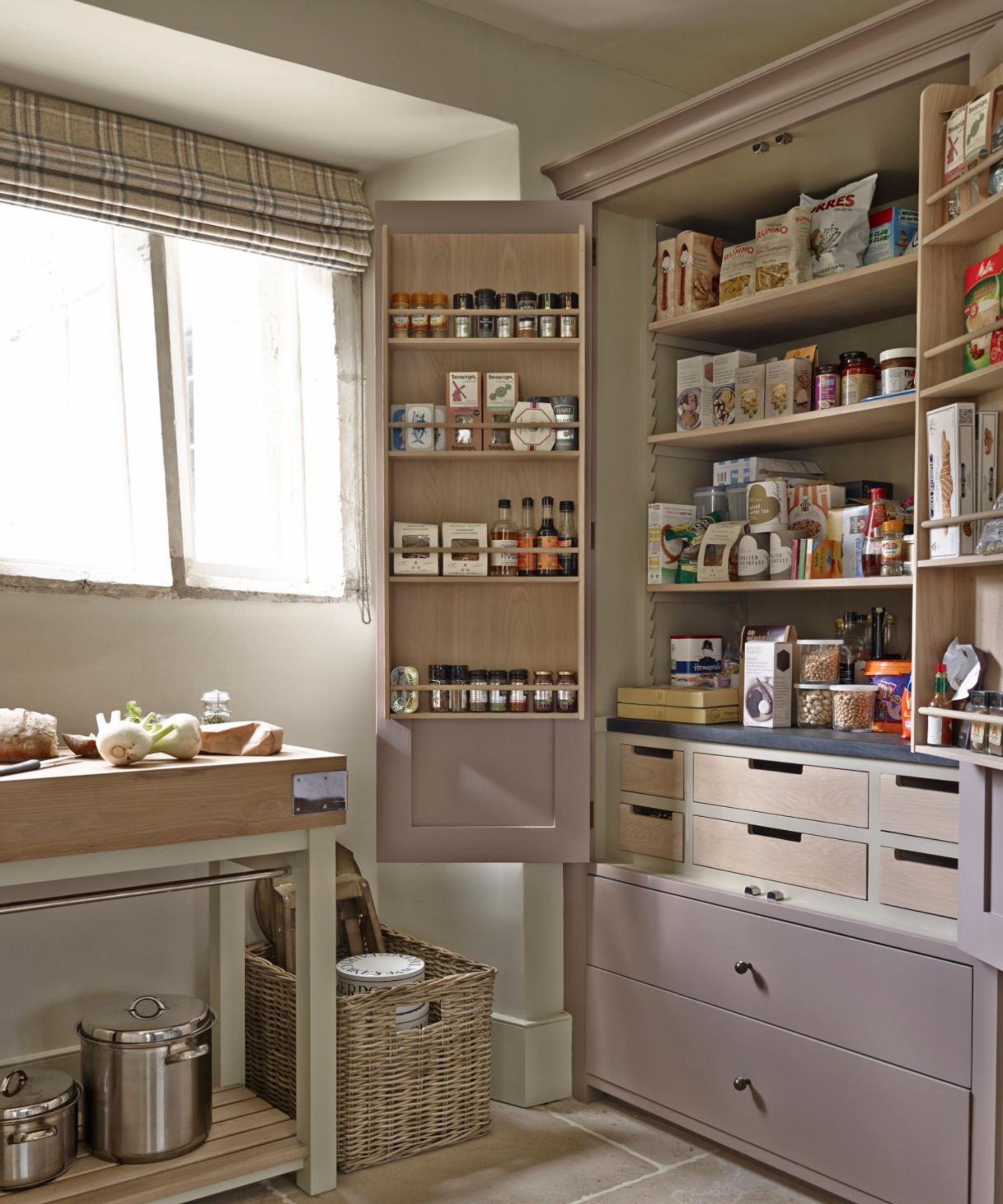
I found this technique super quick – and super helpful.
Armed with my timer, available at Amazon – which I regularly use for the Pomodoro technique – and the assurances of Di and Cathy, I set a timer for half an hour and set about streamlining and tidying my pantry.
To my great surprise, half an hour was actually all it took to finally organize my messy pantry, and get rid of everything I didn't need or wouldn't use, which was practically all expired, sometimes by, admittedly, more than a couple of years.
It's amazing how focused one can be under a time constraint, and I felt so inspired I even moved on to organizing my canned goods ahead of the holidays.
Overall, this technique gets a 10/10 from me.
Where Else Would the Time-Box Elimination Technique Work Well?
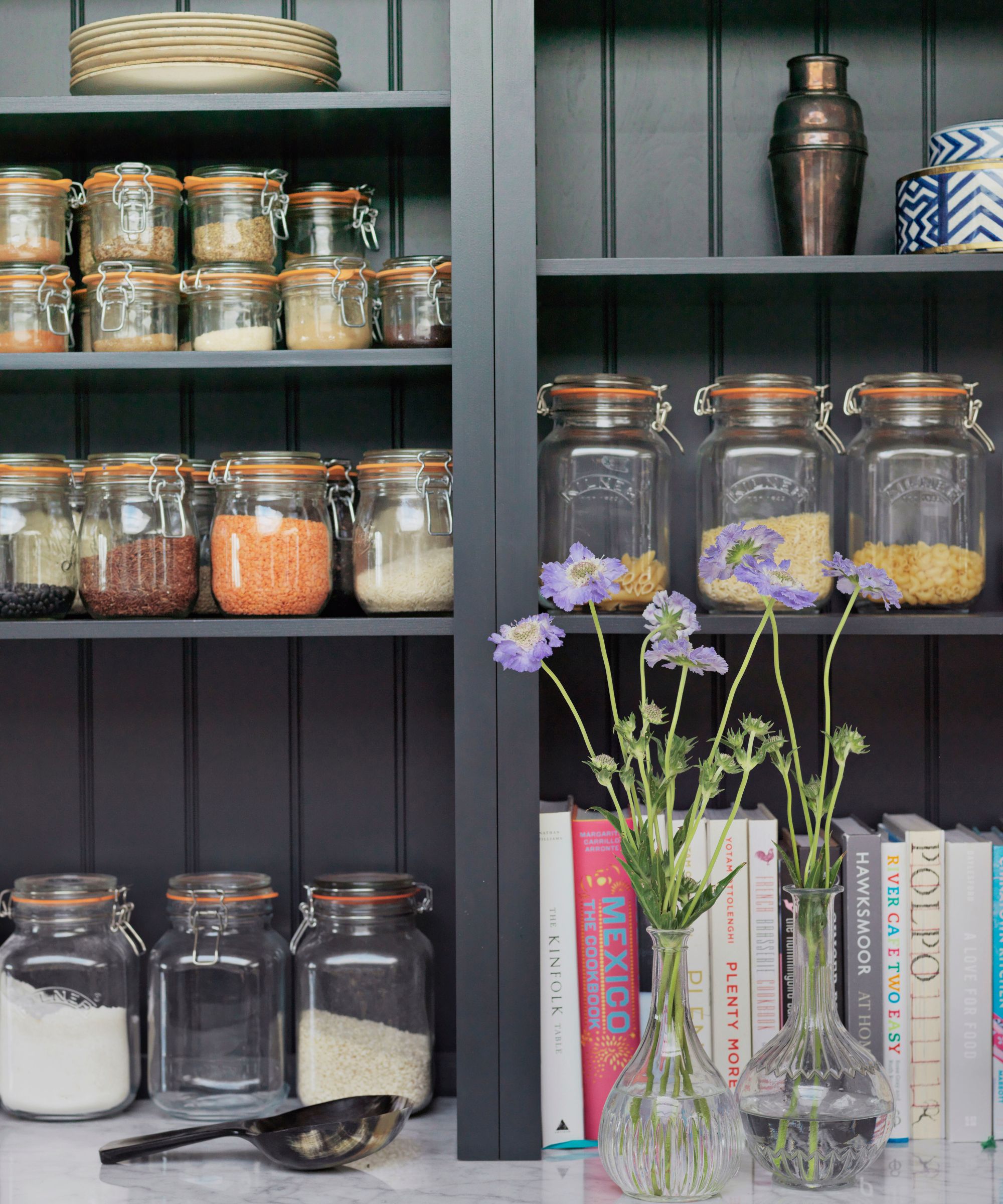
It's not just suitable for pantries.
As both our pros assure, the time-box elimination method can essentially be used absolutely everywhere.
'Think closets, organizing a bathroom, conquering the dreaded junk drawer, craft areas – even digital spaces like emails or photos,' says Di. 'Anywhere you feel overwhelmed, a focused, time-boxed session lets you take back control, boost your confidence, and make your home – and your life – feel calmer and more manageable.'
What to Shop
All prices were correct at the time of publication.
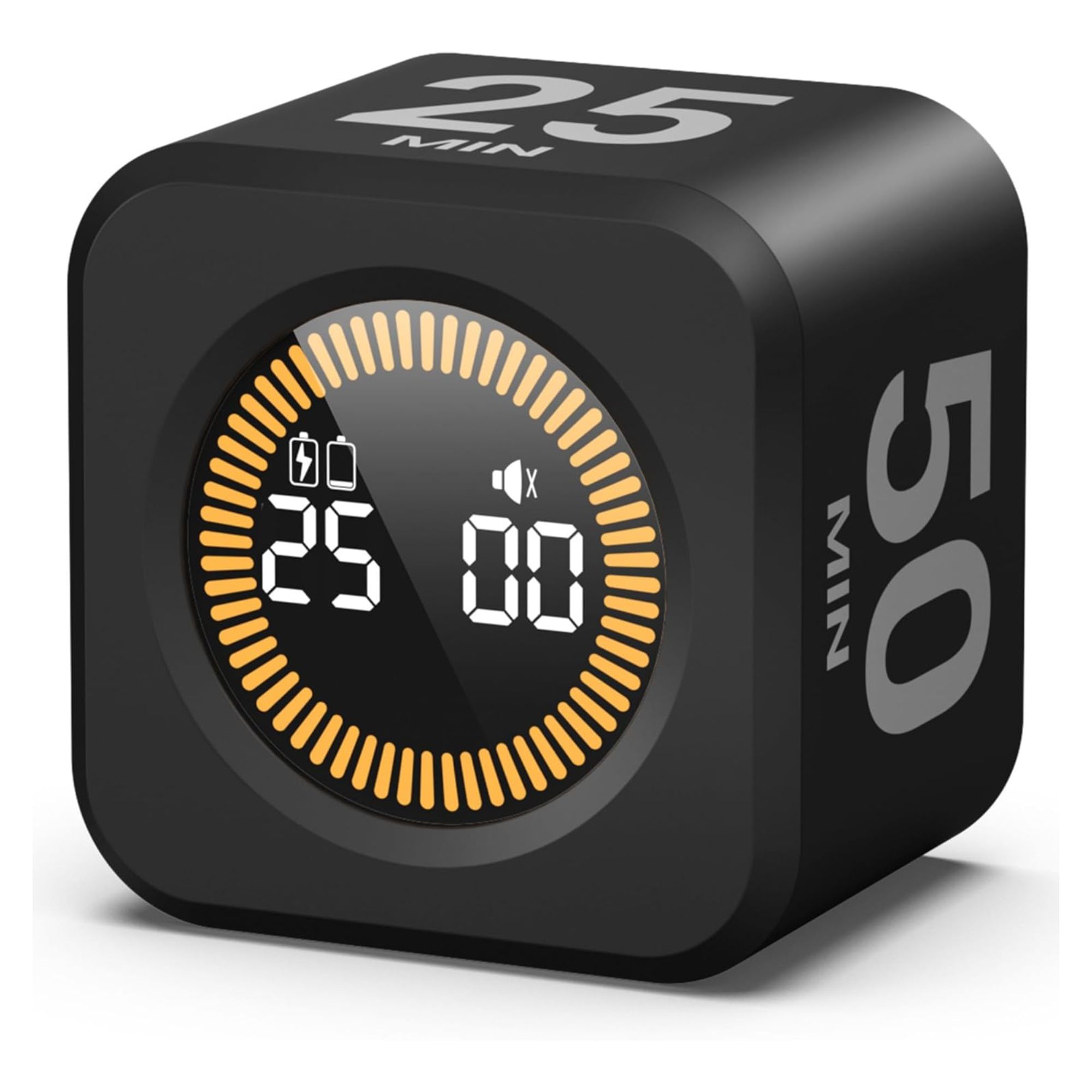
This easy to easy-to-use and versatile timer is perfect for distraction-free time-boxing, as using a timer on your phone can often present issues with focus.

After you've tackled your baking essentials, organizing your canned goods in your pantry will ensure everything looks neat and tidy.

Pop any expired items in this bin to save you time when the timer is ticking, then sort through any items for the trash or recycling afterwards.

Keep everything organized and accessible with these shelf organizers, which each offer sturdy support of up to 33 lbs.
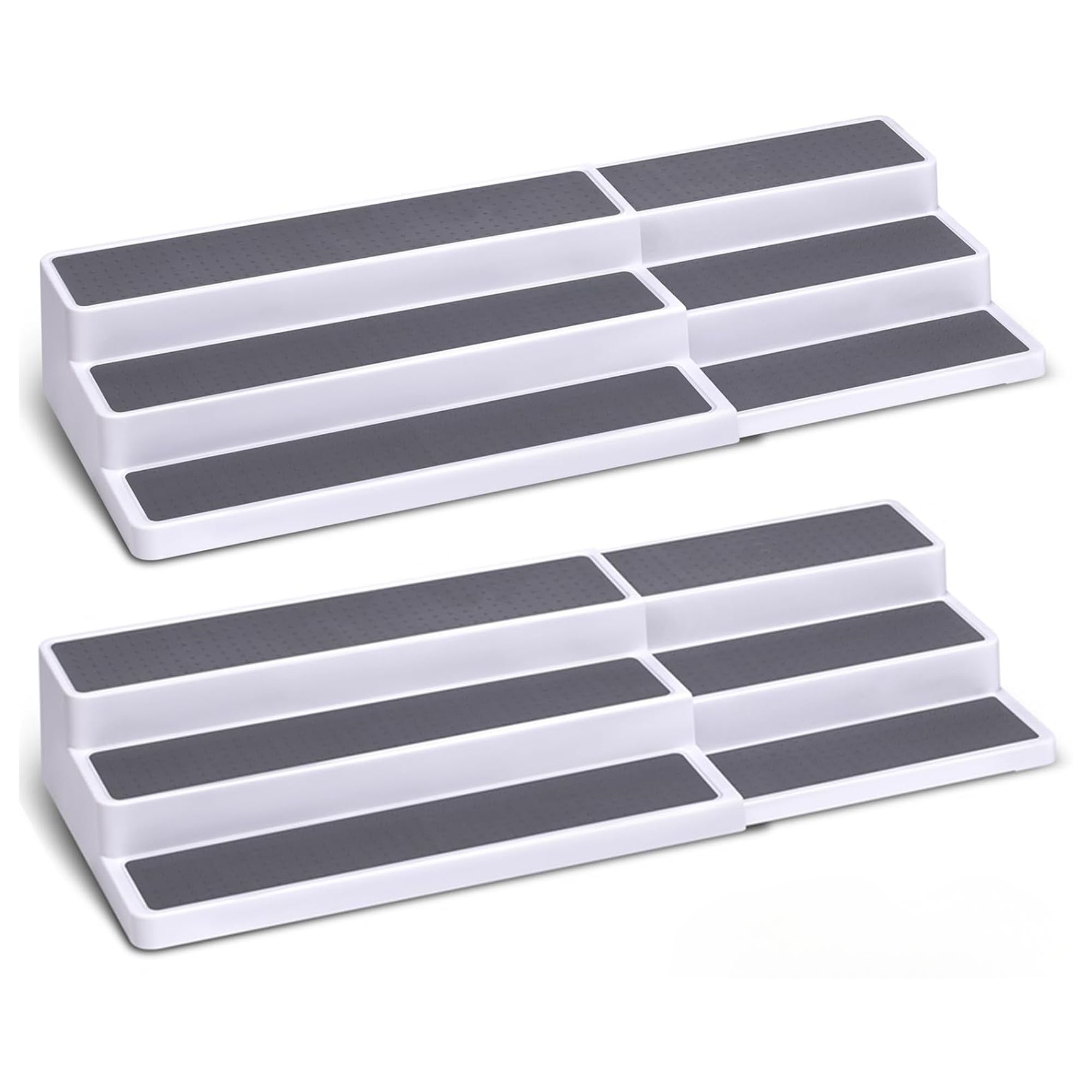
Spices are among the trickiest things in a pantry to keep organized, but this stepped, extendable, and mountable design makes it easy.
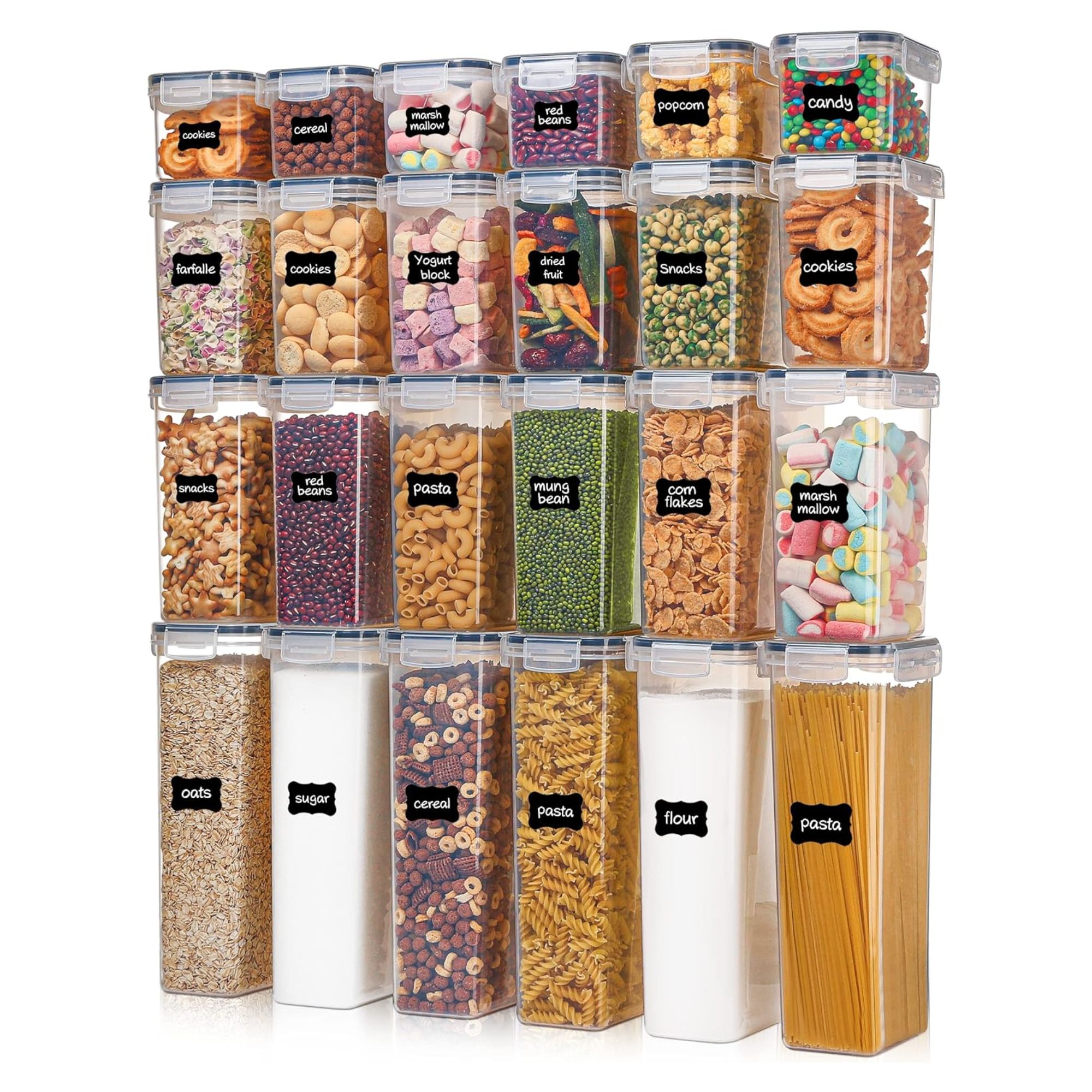
These BPA-free food storage containers include 24 labels and are airtight to keep food fresh.
Meet the Expert

After becoming a wife and a mother, Di quickly learned the importance of organization and regular decluttering. She has helped hundreds of clients rethink their relationship with clutter ever since, including how to quickly and easily streamline a pantry without stress.

Cathy is a cofounder of The Uncluttered Life and the Declutter Deck, recently featured in FabFitFun. She is also a certified master in the Kon Mari method.
Once you've decluttered, make sure you're aware of the types of storage you should never use in a pantry.

Ottilie joined Homes & Gardens in 2024 as the News Writer on Solved, after finishing a Master's in Magazine Journalism at City, University of London. Now, as the Sleep Editor, she spends her days hunting deals and producing content on all things sleep – from mattresses and sheets to protectors and pillows, all of which she tests in her own home. She also has particular expertise in home fragrance, covering everything from candles to reed diffusers.
Previously, she has written for Livingetc and Motorsport Magazine, and also has a Master's degree in English Literature and History of Art from the University of Edinburgh, where she developed a love for inspiring interiors and architecture.